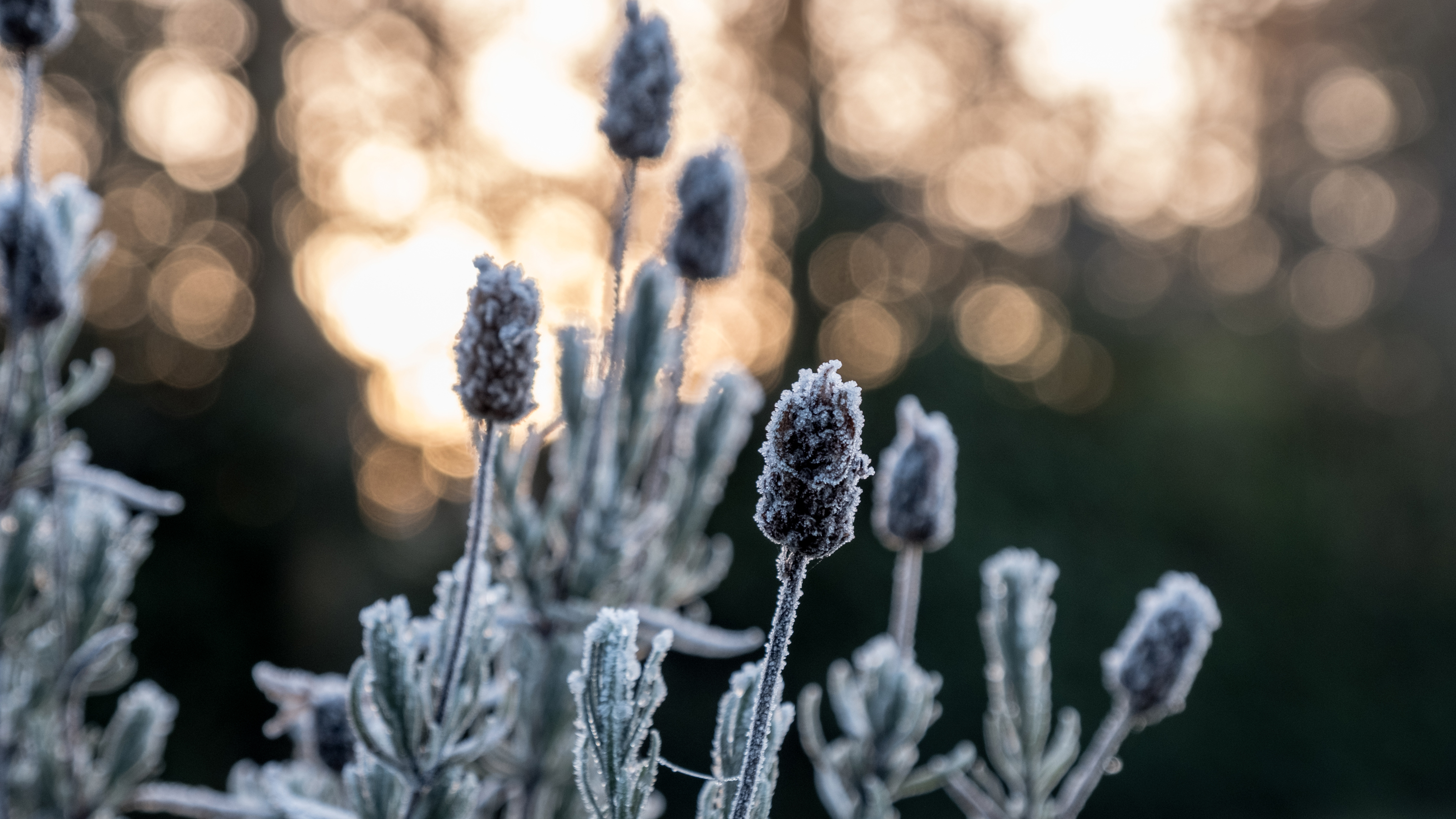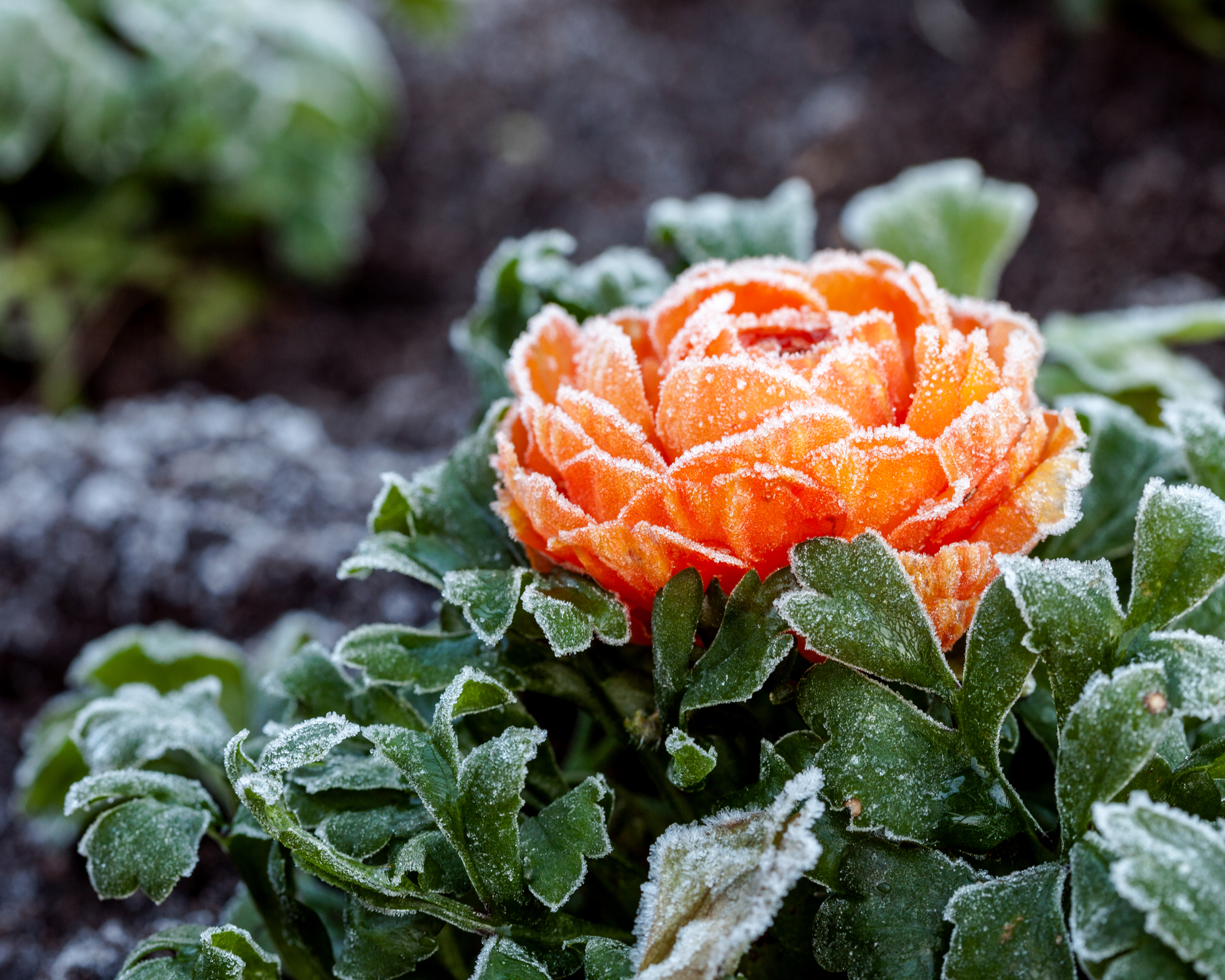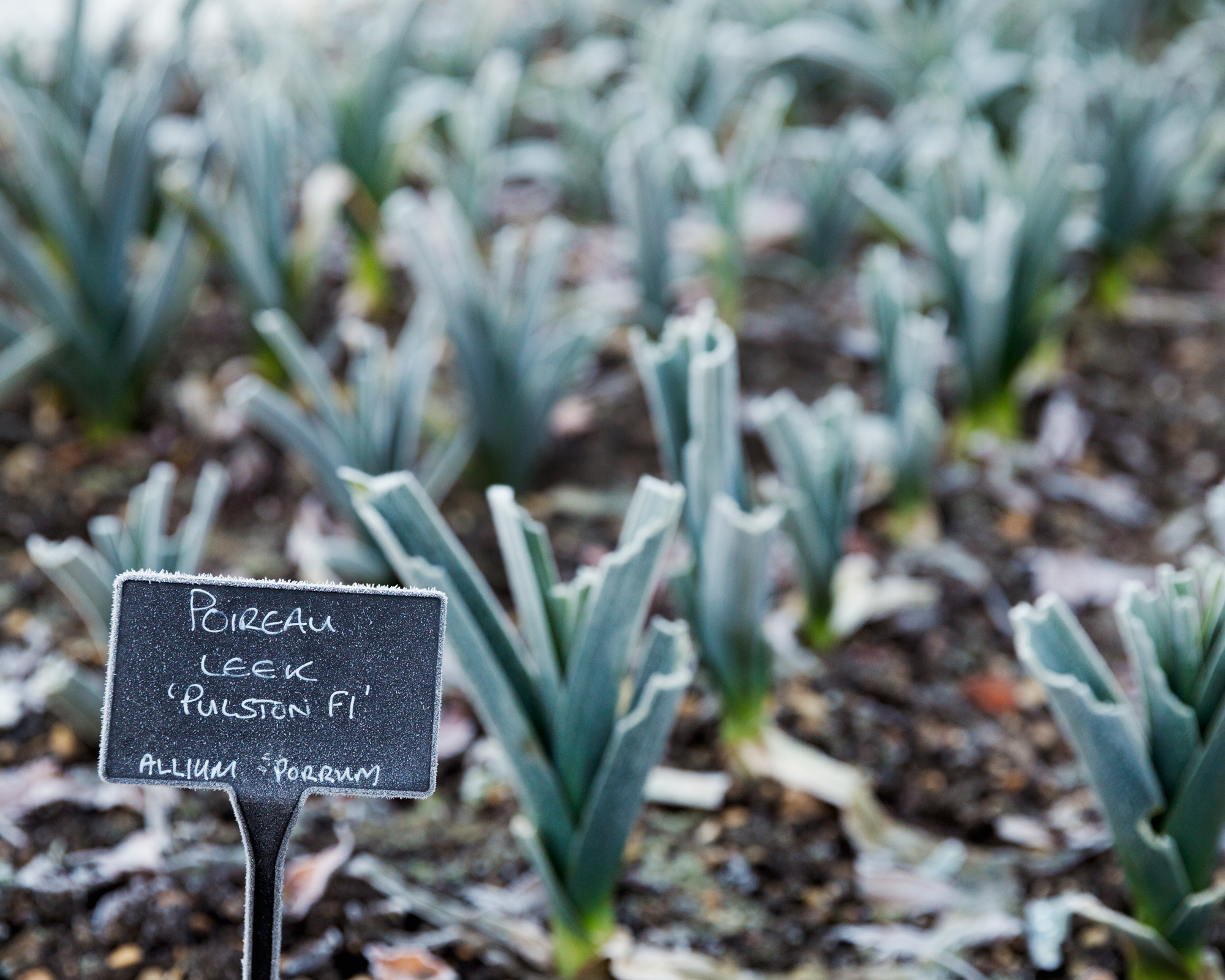When is the first frost? Here's how to find out
Want to know when is the first frost? Find out how to work out the dates for your area correctly

When is the first frost? This is an important bit of information every gardener needs to know. Frost dates have an impact on many aspects of gardening, from harvest to planting and, of course, protecting non-hardy plants. Knowing when the first frost date in your area is will also give you a good idea of how to plan your gardening activities for the rest of the year.
Knowing how to protect plants from winter starts with knowing your frost dates. Here's how to work them out correctly.
Why is it important to know first frost dates?
Even what is known as a 'light frost' – a temperature below 30°F – can damage many plants in your garden borders, pots and vegetable beds, and ruin any delicate crops you haven't harvested (most commonly tomatoes). If a medium or hard frost is forecast (a temperature below 28°F and 24°F respectively), you'll need to take extra measures to protect all but the hardiest garden plants, for example by covering them or bringing them into a frost-free greenhouse.
If you are unprepared and the first frost hits overnight, you may not be able to save your plants and crops, ruining months of hard work growing them. This applies to kitchen gardens and flower gardens alike.

How are frost dates worked out?
It is important to note that no frost date can be predicted with 100 percent accuracy. A frost date is simply a date when a frost is more than 50 percent likely to occur. This likelihood is worked out by using data about frost patterns collected over many years by organizations such as the USDA.
So, frost dates are essentially predictions, but they are fairly reliable because they use long-term evidence. To be safe, you may wish to assume that the first frost will happen up to two weeks before the estimated date.
How do I find out first frost dates in my area?
There are several great tools online that use the USDA Plant Hardiness Zone Map to work out first frost dates. The Morningchores website has a handy frost date table by USDA zone, and The Old Farmer's Almanac has a tool where you can type in your zip code and it will show your frost dates.

What are signs of an impending frost?
According to the Cornell Cooperative Extension, 'cool, clear nights with low humidity, often following a cold front, are signs of an impending frost.' Contrary to popular belief, a full moon does not increase the chance of frost, with low humidity during cool weather being a far better indicator that a frost is coming.
At what temperature is the first frost?
A frost forms when air temperature falls below 32°F (0°C). This type of frost is unlikely to affect the ground your plants grow in, only the parts of the plant that are above ground.
A hard frost happens when the nighttime temperatures drop below 28°F (–2°C) and stay at that level for at least four hours consecutively. A hard frost will penetrate the ground and will damage any non-hardy crops that you haven't harvested by then.
Whether you're growing vegetables in raised garden beds or in pots, you need to be on top of your frost dates in order to ensure that you don't miss the opportunity to protect your plants.
Anna writes about interior design and gardening. Her work has appeared in Homes & Gardens, Livingetc, and many other publications. She is an experienced outdoor and indoor gardener and has a passion for growing roses and Japanese maples in her outside space.
